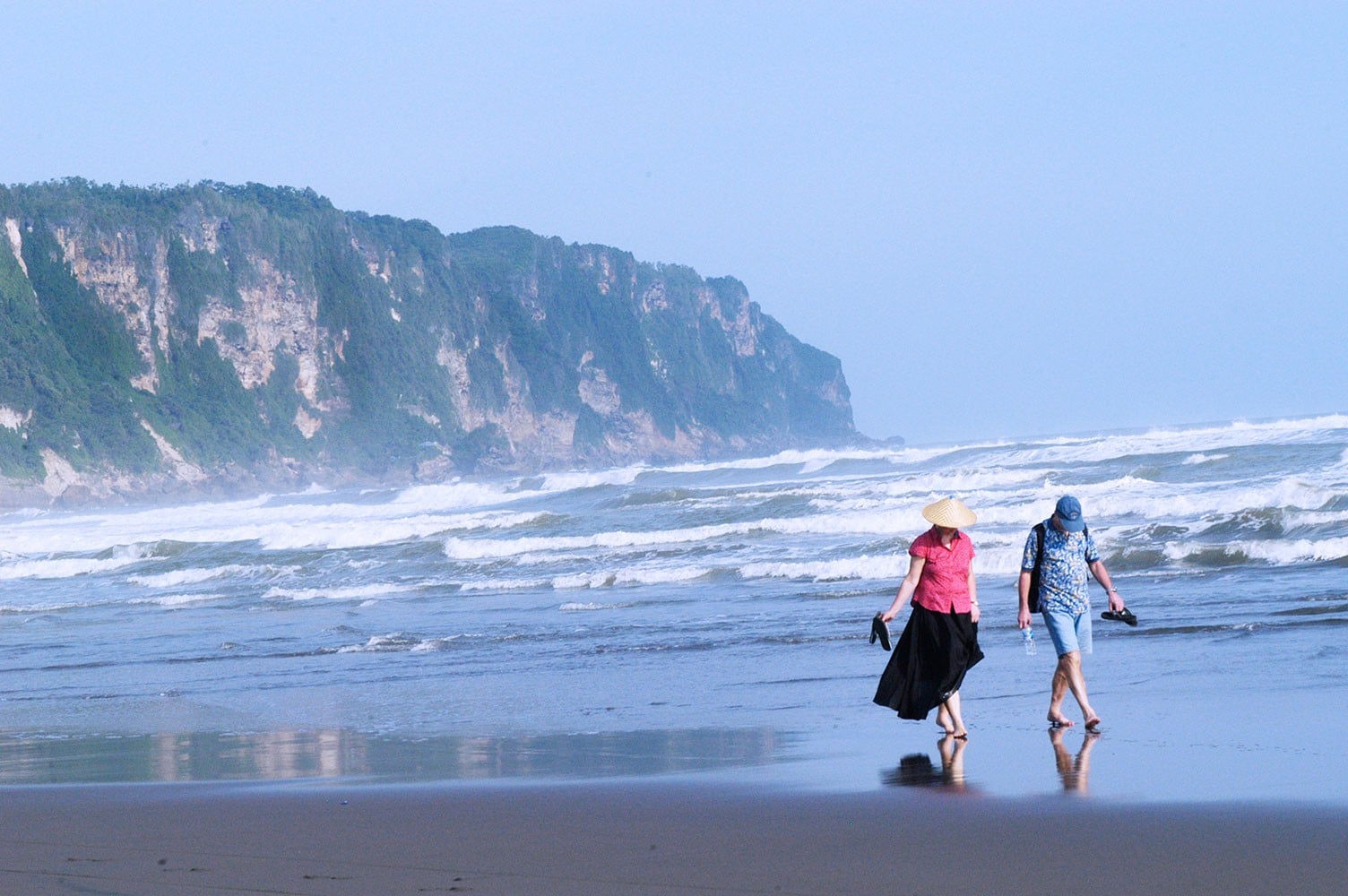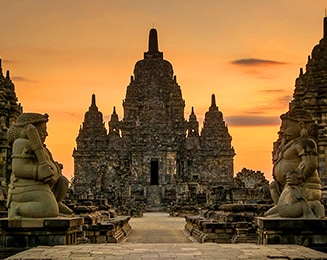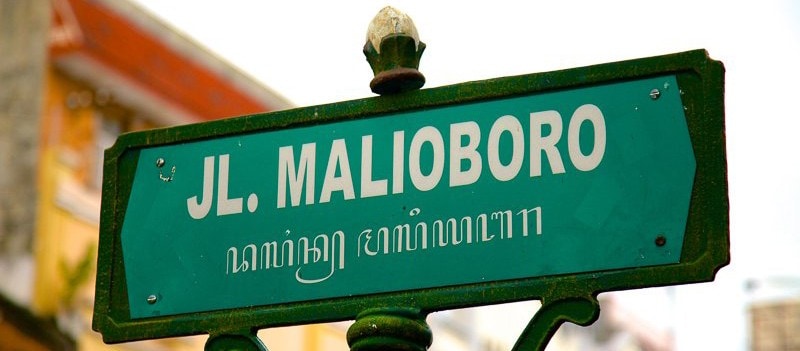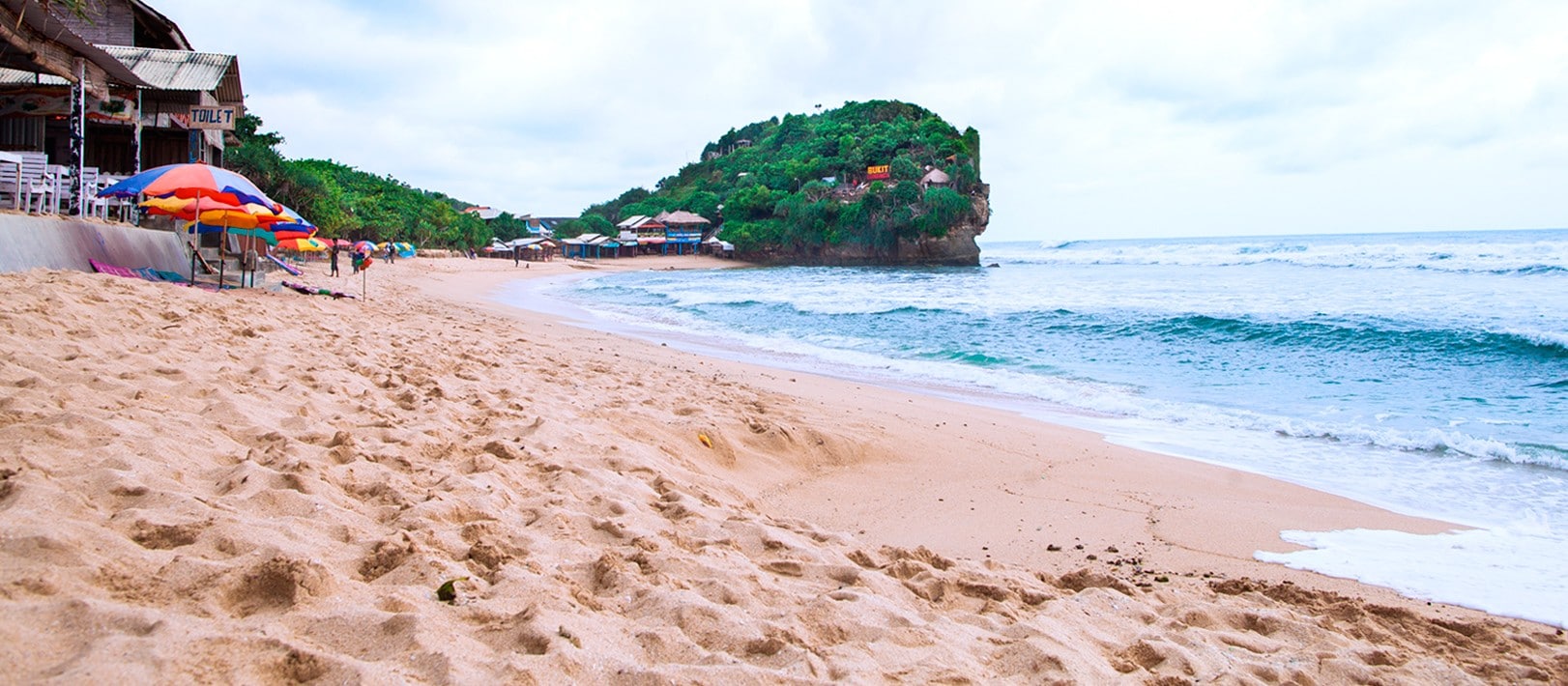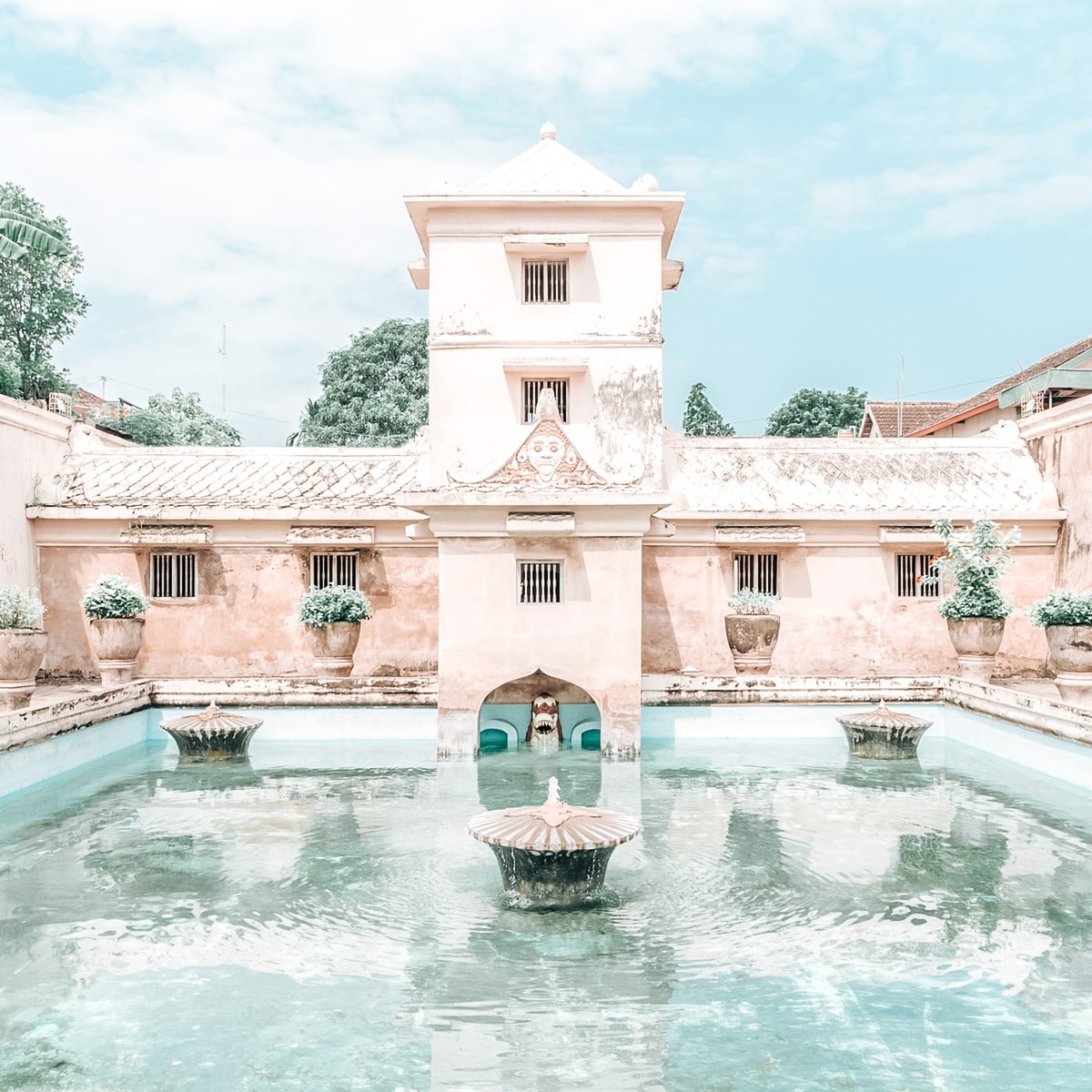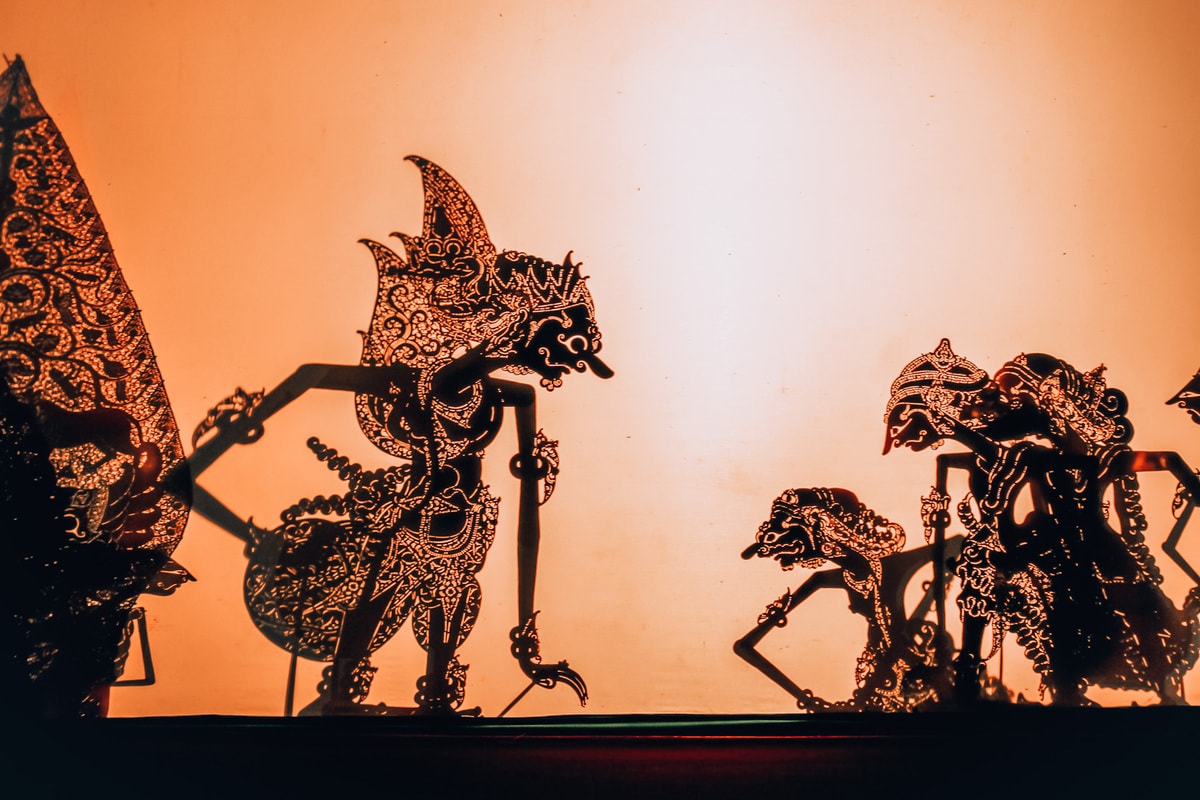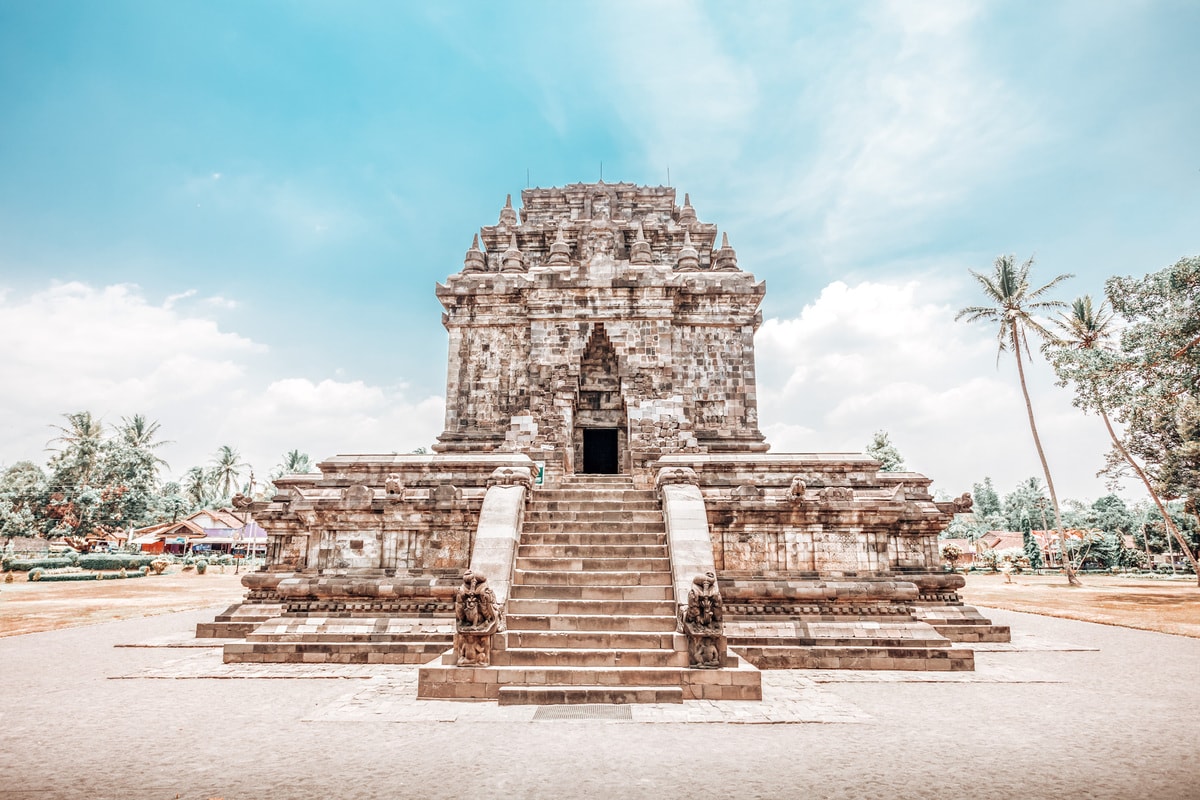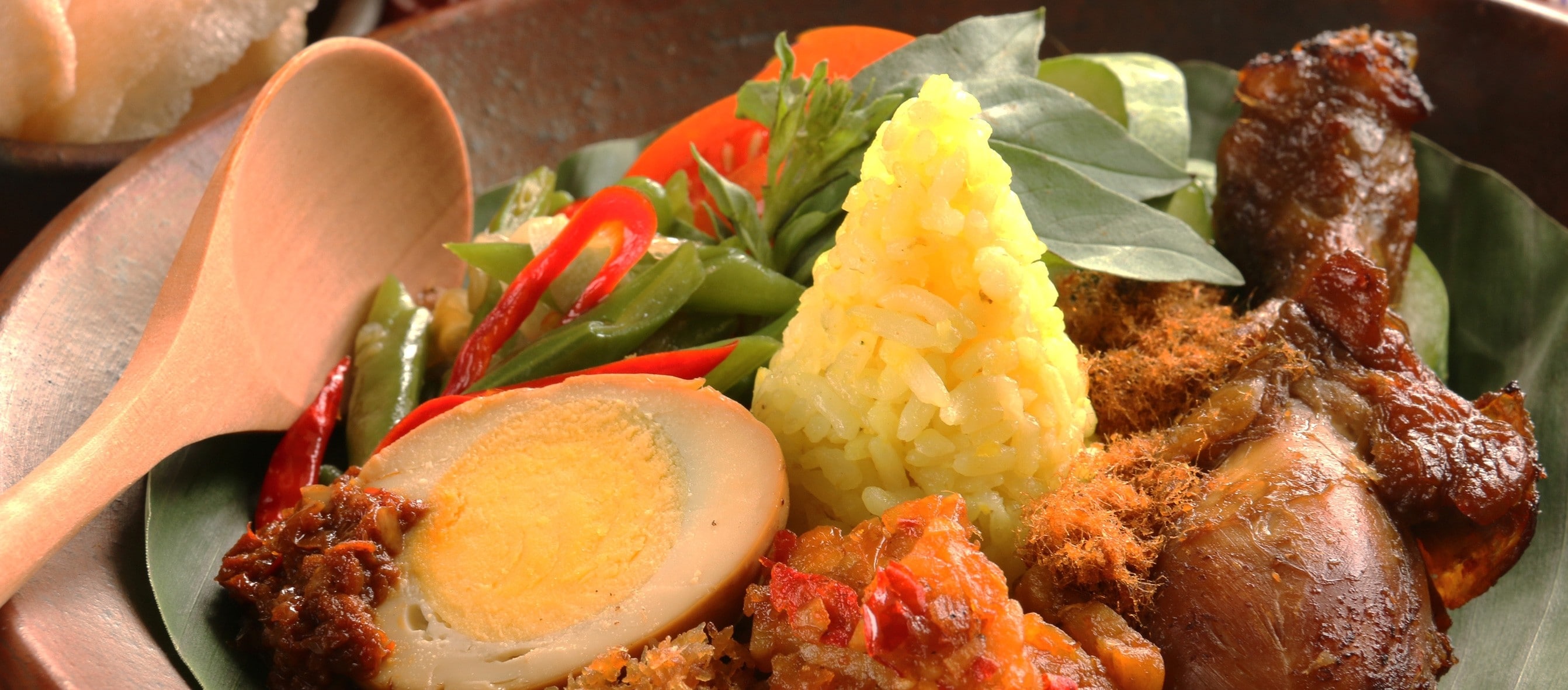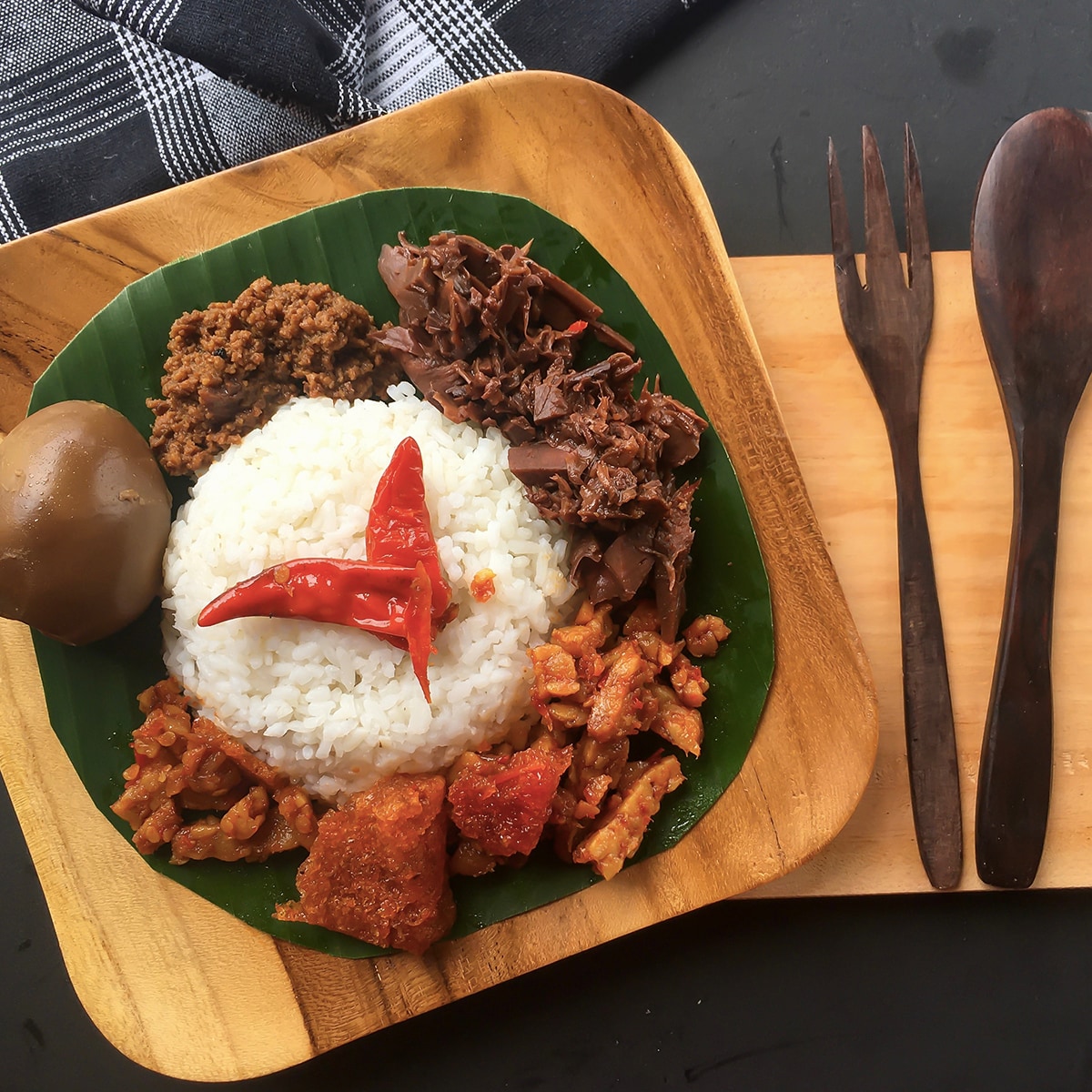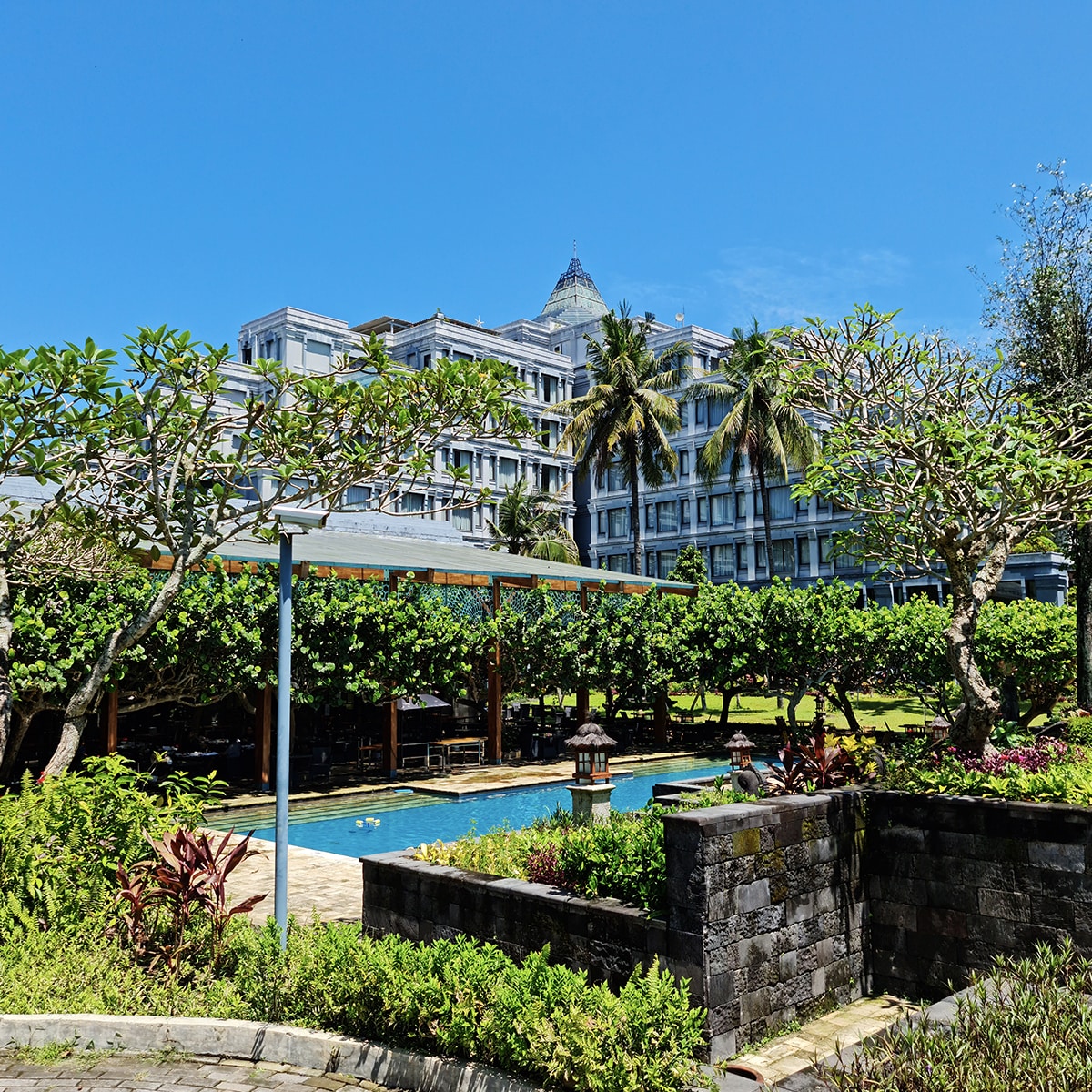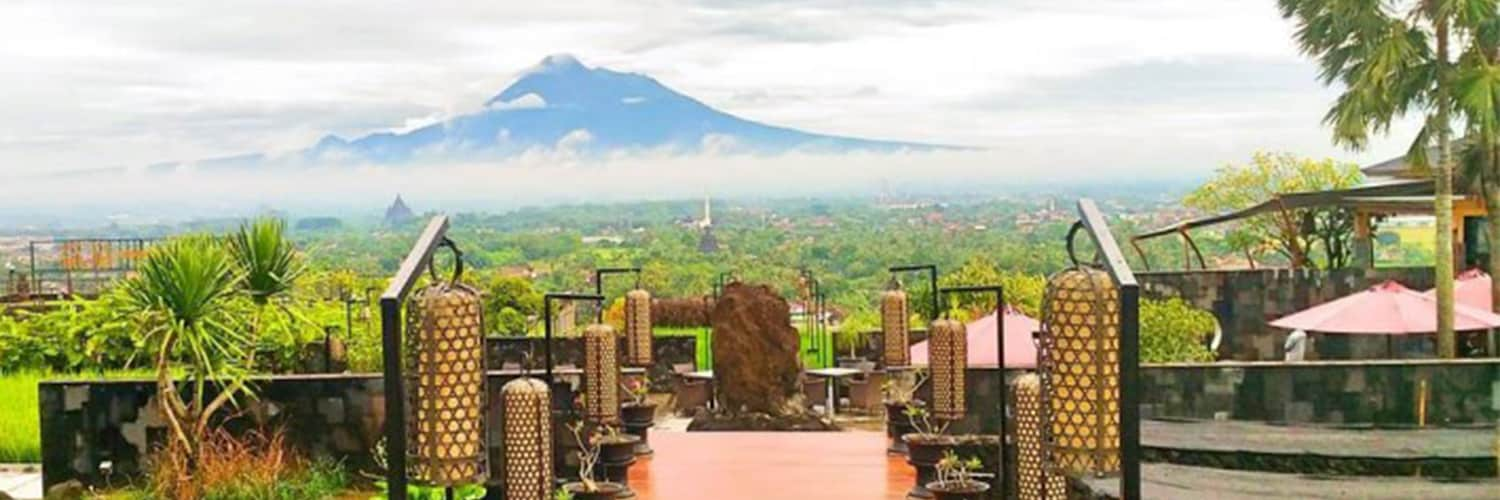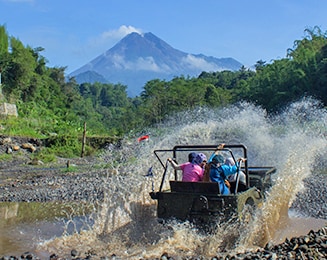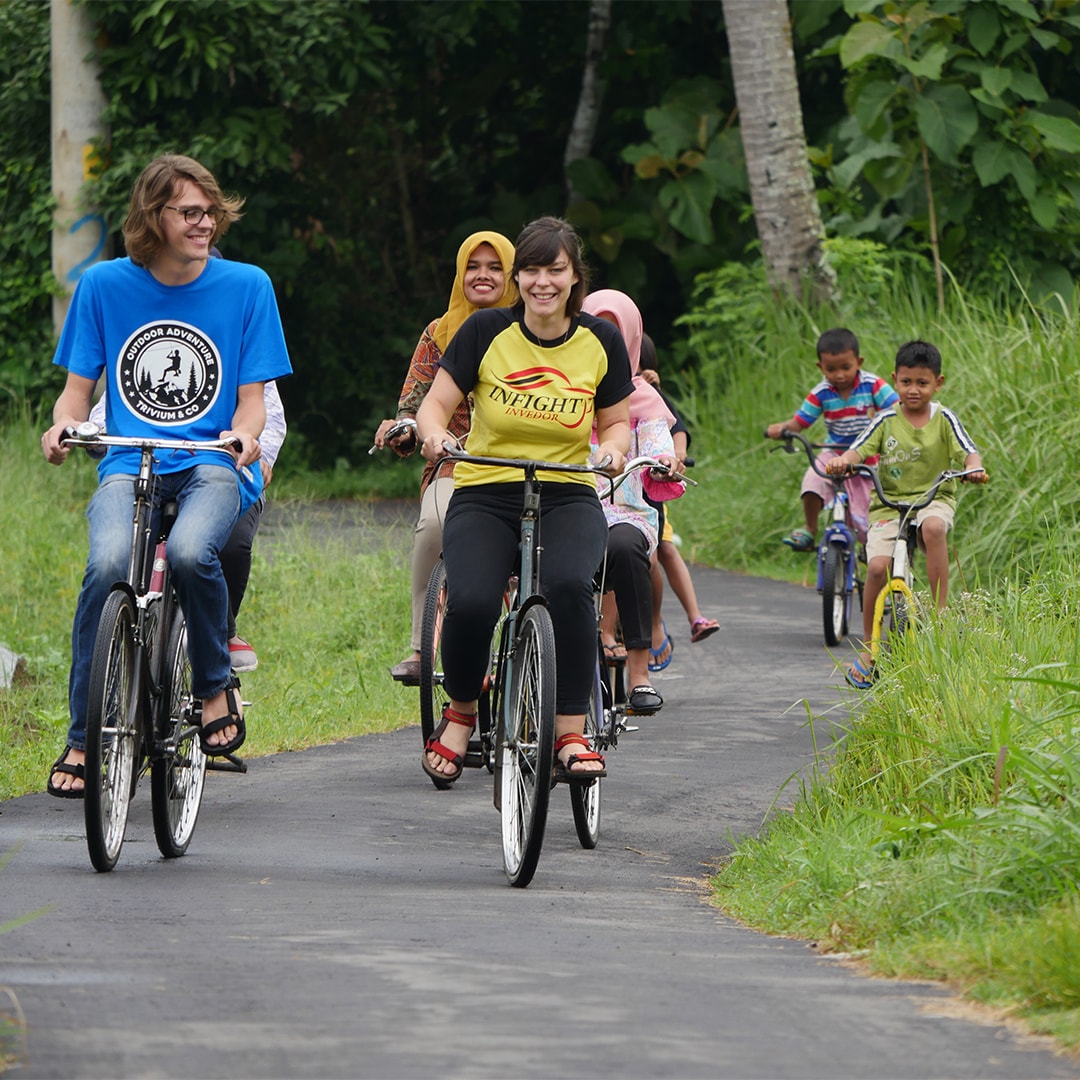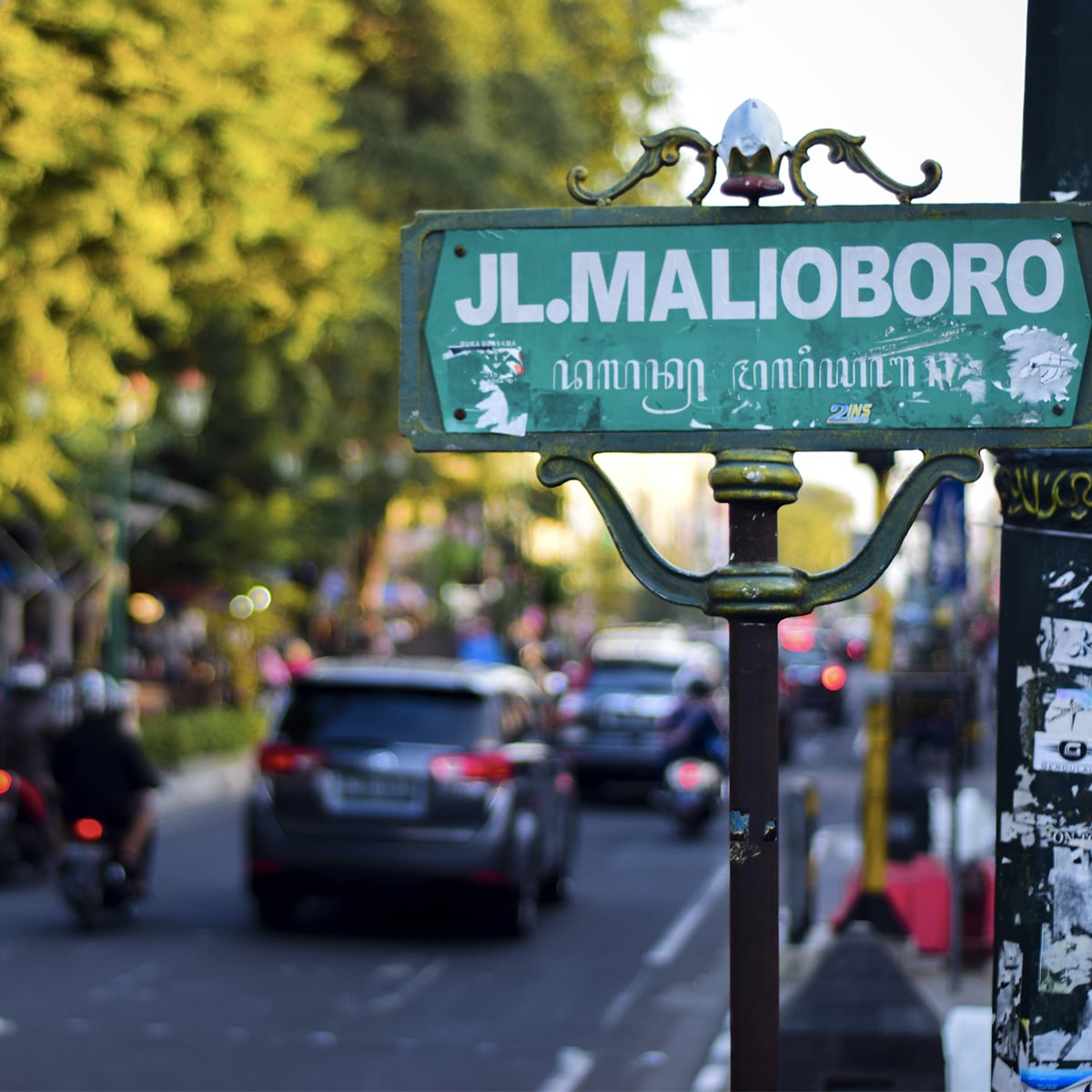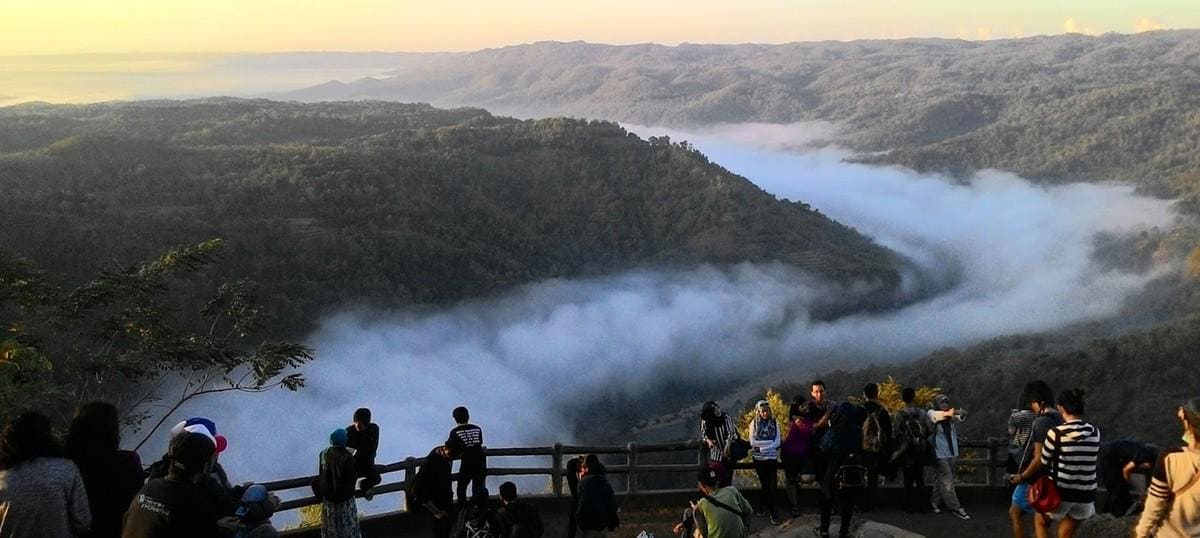Imogiri is the sacred held cemetery dedicated exclusively as last resting place for the kings and queens and royal descendants of the Islamic Mataram Kingdom, who until today rule the palaces of Yogyakarta and Surakarta.

Image by : www.instagram.com/hayusasanti
Located on a beautiful hill, about 17 kilometers southeast of Yogyakarta, it is easily accessible by car and bus. The name "Imogiri" or often written "Imagiri" is derived from the Sanskrit word "Himagiri" which means "mountain of snow". Although there is no snow here, yet the royal graveyard is reachable only by steep stone sets leading to its summit, so it will feel quite like climbing asnowy mountain to reach the peak. The set of stairs are symbols forimportant milestones. The set of 45 stairs mark the year when Sultan Agung passed away in 1645,the set of 9 symbolize the Walisongo, the nine religious leaders who spread Islam on Java, while the longest sets of 346 symbolize the 346 years of construction of the complex.

Image by : www.instagram.com/nindylaw
There are three main gates that you will pass before entering the complex. They are also symbols of birth, the world of life and of death. The four large containers that hold sacred water, used for cleansing oneself before prayers but here believed to have healing powers, are a rare sight. These receptacles were given by other kingdoms to Sultan Agung. Each are named individually, they were presented by: Nyai Danumurti from the Sriwijaya kingdom in Palembang, Kyai Danumaya from the Samudera Pasai sultanate in Aceh, Kyai Mendhung from Ngerum in Turkey and Nyai Siyem from the kingdom of Siam in Thailand. Everymonth of Sura or Muharram in the Islamic calendar, the receptacles are cleansed in a ceremony called Nguras Enceh.

Image by : www.instagram.com/sonysangaji_
Imogiri was built in 1632 by Sultan Agung Hanyokrokusumo, the third king of the Islamic Mataram Kingdom, who wanted a separate graveyard for himself and his family. There are three main sections in this complex. The middle part called the Kasultanagungan, is the oldest section of the complex, built by Sultan Agung Hanyokrokusumo, where is his burial site.

Image by : www.instagram.com/ardiantatato
Visitors can only enter the tombs of the princes in the smaller courtyards, wearing special Javanese formal court dress that can be rented with a modest fee at the abdi dalem. They are loyal subjects who dedicate their whole life to the Sultanate and act as caretakers of this site.
Gentlemen usually wear bebed or nyamping leaving a bare upper body, or Pranaan Yogya - the costume dress used by officials. While women will need to wear nyamping and kemben, a batik cloth wrapped in such way and that leave your shoulders bare. You also have to walk barefeet to respect the local rules and tradition. There are special schedules to visit here so that you better check before your arrival, so that everything fits well with your itinerary.

Photo source : www.uny.ac.id
There are two other areas in the complex that are used for the royal cemetery of the Sultanate of Surakarta and Yogyakarta. After the Giyanti treaty in 1755, the western wing was designated for the Kings of the Kasunanan Surakarta Hadiningrat of Solo, while the east wing is the resting place of the Kings of Kasultanan Ngayogyakarta Hadiningrat of Yogyakarta.
To get to Imogiri, you can take public transport from Terminal Giwangan and ask the conductor to let you off at the cemetery complex. But for ease and comfort, it's best to hire a taxi or rent a car with a skilled guide, who can tell you about the history of the Mataram kingdom and find more attractions around the Imogiri complex afterwards.
Where to Stay
Since Imogiri is not too far from Yogyakarta, you can look for your accommodation in the city. But if you prefer to linger around Imogiri here is an address:
Dusun Jogja Village Inn - Jln. Menukan 5 | Karangkajen, Yogyakarta 55153 (http://www.jvidusun.co.id/)
Located around 10 kilometers away from Imogiri complex, the hotel offers you a unique façade and a tranquil interior. Build in mixed style of Javanese classic and modern architecture, this site is perfect for you who want to experience the details of Javanese art, culture and the warm people.
Photo source of header banner : www.instagram.com/sigitwardaya









